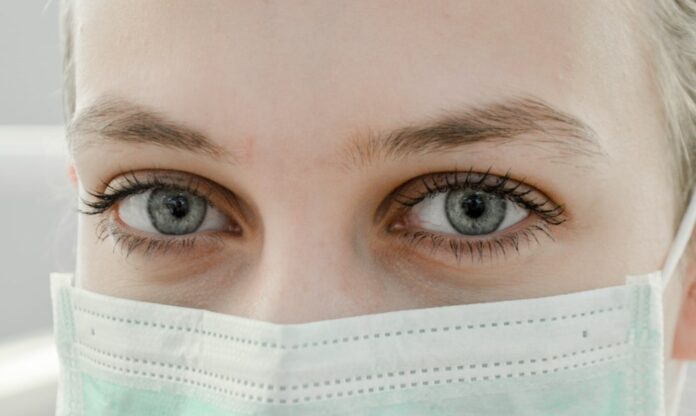One of the most common and uncomfortable eye conditions is dry eye disease. This condition happens when your body cannot produce enough tears to lubricate your eyes properly. Tear instability leads to inflammation and damage to the eye surface. People who suffer from dry eyes complain about the eye being uncomfortable as there’s either a burning or stinging sensation. Additionally, symptoms of dry eyes manifest in certain situations, such as when riding a bike or an airplane or looking at a computer screen for long periods.
Among the signs and symptoms you must be wary of include sensitivity to light, stringy mucus around or inside the eyes, scratchy sensation in the eyes, and redness. If you wear contact lenses, you might also experience difficulties when putting them on, and there are also times when you’ll experience watery eyes. In addition, you can experience difficulties with nighttime driving and suffer from blurred vision or eye fatigue.
Doctors believe that dry eyes are due to a variety of reasons which disrupt the tear film. For example, fatty oils, aqueous fluid, and oils comprise a healthy tear film. So if there’s a problem on any of these layers, there’s typically a problem that can lead to dry eyes.
People who suffer from dry eye syndrome can resort to nonprescription eyedrops, eye inserts, tear-stimulating medicines, nasal sprays, warm compresses, and procedures using Intense Pulsed Light device for dry eyes. Such procedures have been deemed safe and effective in managing the condition. It also doesn’t take much time to undergo such a procedure which is one of its major advantages.
While dry eyes are common, some people are more prone to contracting them. Here are some factors contributing to an increased chance of getting the condition.
Advanced age
According to studies, people of advanced age are more prone to suffering symptoms of dry eyes. Contributory factors include androgen deficiency, oxidative stress, polypharmacy, and decreased blink rates. Such things make the elderly predisposed to dry eye that is more severe and can lead to even worse consequences leading to higher health and economic costs.
Women
If you’re a woman, there’s a significant chance of contracting dry eye disease. Doctors believe that hormonal changes, specifically in estrogen, testosterone, and progesterone levels, affect the quality and quantity of the tear film. Furthermore, since women use cosmetics, there’s also a huge chance that the components can affect tear quality and stability.
Medications
People who use certain medications have an increased risk of developing dry eyes. For example, if you take antidepressants, antihistamines, and topical retinoid-antibiotic combination treatments, there’s a huge chance that you will disrupt the function of the lacrimal glands, which are necessary for tear production. Doctors are also wary of people taking birth control pills, beta-blockers, and painkillers because these medications can cause ocular irritation and diminish tear production.
Environmental conditions
While the general health condition indicates the possibility of developing dry eyes, environmental conditions such as exposure to smoke, wind, and dry climates can also be contributory.
Endnotes
While dry eyes can be a common condition and are easily treated, you must still take care of yourself to prevent such an occurrence. Proper eye care and management can help protect your eyes from such conditions.


